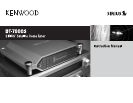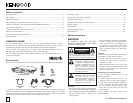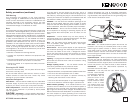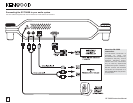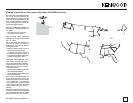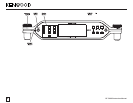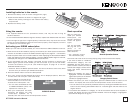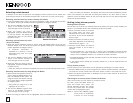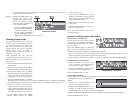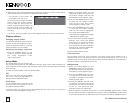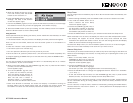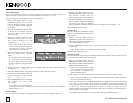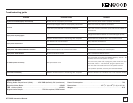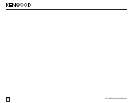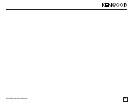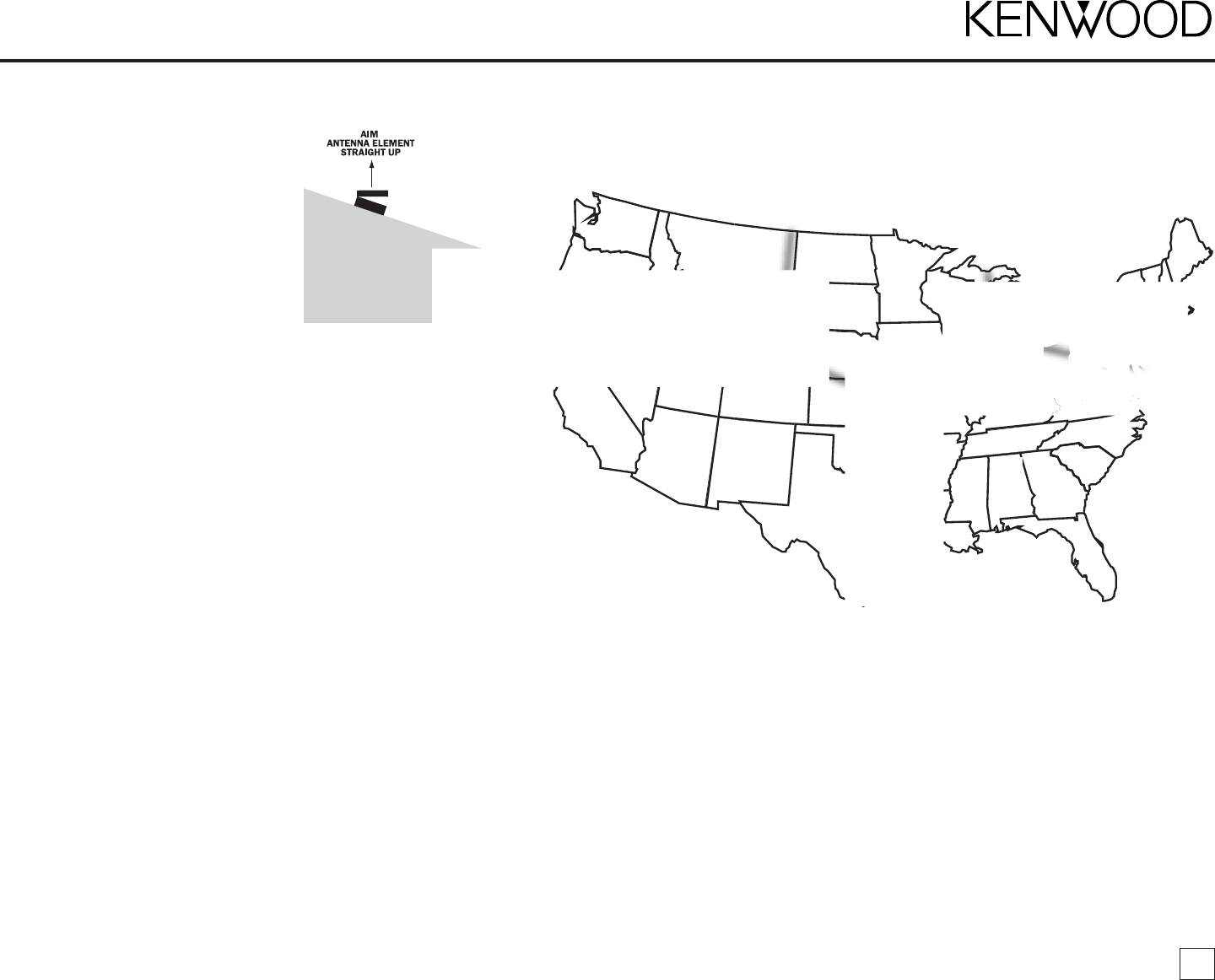
Due to the paths of the SIRIUS satellites
over the US, the best location for the
antenna will depend on what part of the
country you live in, the orientation of your
home, and the locations of any obstruc-
tions that could prevent the satellite sig-
nal from reaching the antenna.
The best antenna location is
on the roof, facing straight up
(A, right).
• The location of the “X” on the map
must be visible to the antenna.
The second best antenna
location is on an outside wall
(B – C, right).
Use an appropriate wall, depending on
where you live (refer to the map). The
location of the “X” on the map must be
visible to the antenna.
• Mount the antenna facing as close to
straight up as possible (
B, right
).
• To minimize interference caused by
roof extensions, mount the antenna as
low on the wall as possible while avoid-
ing other obstructions (
C, right
).
The third best antenna loca-
tion is at a window (D, right).
Use an appropriate window, depending
on where you live (refer to the map). The
location of the “X” on the map must be
visible to the antenna.
• Place the antenna midway between the
left and right window frames.
• Tilt the hinged part of the antenna back
to aim it towards the sky.
Note: Objects such as the following can
prevent the antenna from receiving the
satellite signal when placed at a window
or on an outside wall: • roof extensions
•the window frame •metallic window
screens or tinting •objects in the window
•nearby objects like trees, foliage or
buildings.
If the signal is blocked from getting to the
antenna, the antenna must be relocated
to a more appropriate window, an outside
wall free of obstructions, or on the roof.
DT-7000S Instruction Manual
5
Finding a location for the optional Kenwood CX-SRH30 antenna



